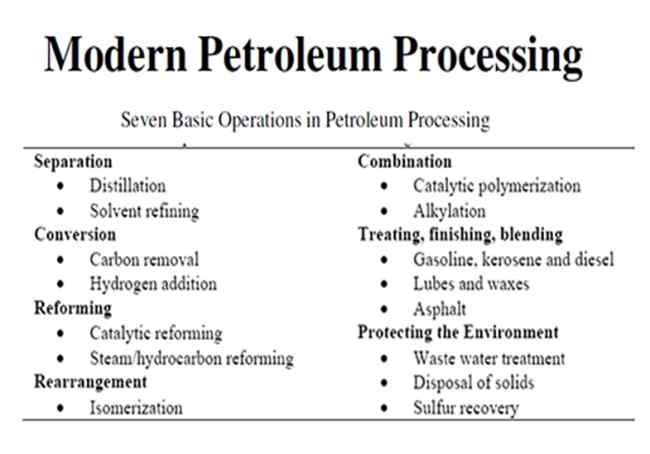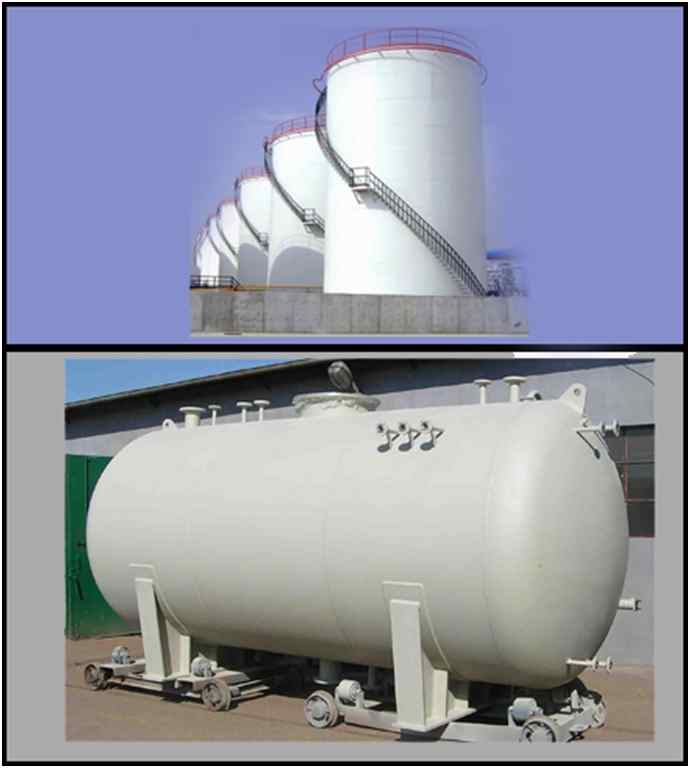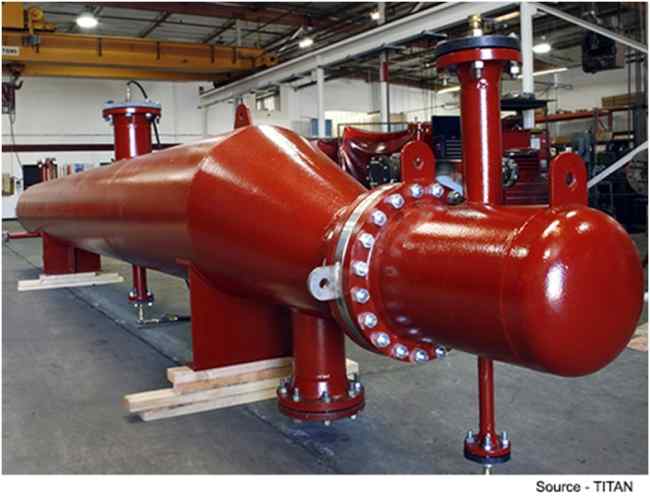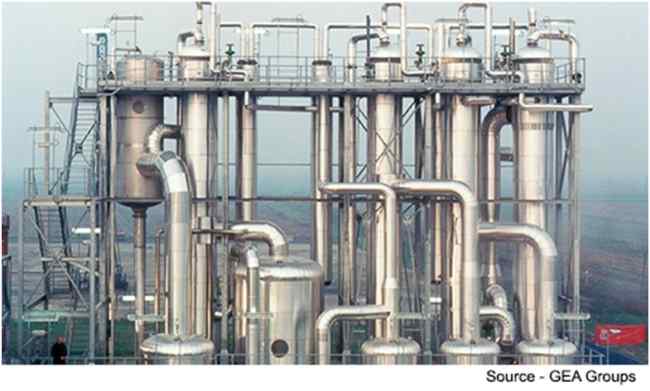An Overview of Industrial Equipment Used in Oil and Gas Industry Vol -1

Wildcat drilling is also known as exploratory drilling, the process of drilling for oil or natural gas. Drilling in the area where the unknown and unexplored area for oil and gas is called wildcat drilling. Latest equipment made oil and gas production easier. Each and every equipment in the oil and gas industry are designed and manufactured with a chosen quality as it is the major contributor to the world economy. Engineered, with high-quality equipment and tools witnessing the primary source of energy.
Wildcat well
↓
Drilling
↓
Production
Production Process:
Underground → Pipe → Well head → Tank → Contactors → Flash Tank → Carbon filter → Heat exchanger → Still → Reflux → Accumulator → Re boiler → Heat exchanger → Pump → inlet separator → Contactor (Absorber) → Accumulator → Re boiler → Glycol pump → Heat exchanger → Separator → Pump → Cooler → Refinery.
Refining Process:
The transformation of crude oil and gas into marketable products can be done by employing processing and refining operations. The products obtained after carrying out the transformation process include gasoline for use in vehicles, heating oil, jet fuel, and diesel oil.
Besides, distillation, vacuum distillation, catalytic reforming, catalytic cracking, alkylation, isomerization and hydrotreating are part of the oil refining processes.
The processing of natural gas involves compression, glycol dehydration; amine treating; separating the product into pipeline-quality natural gas. It also includes the stream of mixed natural gas liquids; and fractionation, which then splits the stream of mixed natural gas liquids into its components. With fractionation process, ethane, propane, butane, isobutene, and natural gasoline can be yielded.

Primary Equipment used in oil and gas industry
Tank Vessels
Tank vessels are of two types they are storage tanks and gas condensers(pressure vessels).

• Storage tanks are designed in many variations They are
• flat bottom storage tank
• cone bottom storage tank
• slope bottom storage tank
• Dish bottom storage tank.
• Aboveground storage tank
• Underground storage tank
• Vertical storage tank
• Horizontal storage tank
• Fixed roof storage tank
• Dome roof storage tank
• Floating roof tank
• External floating roof tank
• Internal floating roof tank
• Gas condensers are also known as pressure vessels specially designed to store the gas and condensed vapours, and it holds a maximum pressure.
Heat Exchangers

Heat exchangers transfer heat from one fluid to another they are not only used in heating applications but also used in cooling applications like freezers and AC. This heat exchanger type depends on the direction of the liquids flow. Liquid flows in parallel ways, crossways and countercurrent ways. In parallel both fluids move in the same direction in crossways, fluids flow perpendicular and in countercurrent fluids flow in the opposite direction. Countercurrent heat exchangers serve to be more effective than other types of exchanges.
Some heat exchangers are composed of multiple tubes, whereas others comprised of hot plates with a place for fluid to flow between them. It’s important to notice that not all heat exchangers depend on the transfer of heat from the liquid to liquid, but in some cases use other mediums instead.
Types of Heat Exchangers
• Shell and Tube Heat Exchanger
The liquid flows through the bundle of tubes in a chamber where the exchange of heat occurs. It is mostly suited for high pressure applications. Two fluids flow through the chamber with different temperatures one through the tubes and other flows inside the chamber.
• Plate Heat Exchanger
A plate heat exchanger is a device that uses metal plates to transfer heat between two fluids. The fluids are exposed to a larger surface as they spread out over the plate.
• Regenerative Heat Exchanger
A regenerative heat exchanger absorbs the heat from the hot fluid and stores it in thermal storage before it transferred to the cooling. The stored heat is used to exchange with the cold fluid flows through it. The absorption and releasing of the heat implies regenerative heat exchanger. The advantage of a regenerative heat exchanger is, the fluid on either side of the heat exchanger can be the same fluid.
• Adiabatic Wheel Heat Exchanger
An adiabatic wheel heat exchanger is a device made up of a large wheel with threads. The threads will rotate through the hot and cold fluids to transfer heat. This type of heat exchanger will employ an intermediate fluid to store heat. The heat will be transferred to the opposite side of the exchanger unit. The adiabatic wheel heat exchanger is especially suitable for a minimum amount of mixing between the two streams (Non reactive fluids).
Air coolers

Many industries are successfully equipped with the air coolers, in the earlier applications it functioned as the heating material. It observes the heat from the materials to be cooled and distributed them to the needed materials. Today's application of the air coolers is often similar to the hot process fluid to be cooled flows through finned tubes while the cooling or condensed air streams across the exterior to remove heat. The cooling air is moved by fans in either a required draft or produced draft configuration.
Evaporators

The evaporator is a device that turns the liquid form of a chemical into a gaseous state, like water into vapourH2O.
Types of Evaporators
• Natural/forced circulation evaporator
Evaporation by natural circulation is achieved by heating outside of the main vessel. The external heater has the advantage that its size is not dependent upon the size or shape of the vessel, this helps in achieving larger evaporation capacities.
• A rising/Falling film evaporator
The rising/falling film evaporator has the benefits of the facility of a liquid dispersion of the rising film unit coupled with lower headroom requirements. The tube bundle is about half the height of either a rising or falling film evaporator, and the vapour/liquid separator is placed at the bottom of the calandria (nuclear reactor).
• Climbing and a falling-film plate evaporator
A climbing/falling film plate evaporator is a techno scientific type of evaporator in which a thin film of fluid is passed over a climbing and falling plate to allow the evaporation to occur.
• Multiple-effect evaporator
It consists of separators, evaporators and preheaters, condenser and vacuum pump, feeding pump, circulation pump, discharge pump, condensed water pump and system pipe fittings.
This concentrator is suitable(first-effect, second-effect, third-effect) for condensing the liquid materials such as herbal extract, medicine, glucose, starch, gourmet, foodstuffs, milk product and chemical product. Especially suitable for heat sensitive material for more vacuum concentration at a low temperature.
This equipment embraces the principle of tubular circulation out-heating working principle to keep the short heating period of materials, rapid evaporation speed, large concentration ratio, so as to keep the raw materials effectively.
Steam energy will be well saved by 70% than single-effect evaporator. The materials are evaporated & concentrated under a sealed state which is clean and comfortable. Besides, it is equipped with a special foam-removing device to prevent the material running phenomenon.
• Agitated thin film evaporators
Agitated thin film evaporator consists of a vertical steam-jacketed cylinder. The material flows down as a film along the inner surface of large diameter jacket. A liquid is distributed on the tube wall by rotating blades mounted on shaft placed coaxially with the inner tube. The blades maintain a close clearance of around 1.5 mm or less from the inner tube wall.
The main advantage is that rotating blades permits handling of extremely viscous solutions. The device is suitable for concentrated solutions having a viscosity as high as up to 100 P.
Towers

Towers are coated with thermal spray aluminium (TSA) and insulated finally, ladders and platforms were installed. Cooling towers circulate cooling water boiler plants generate steam for steam generators and instrument air systems include pneumatically operated control valves and an electrical substation.











